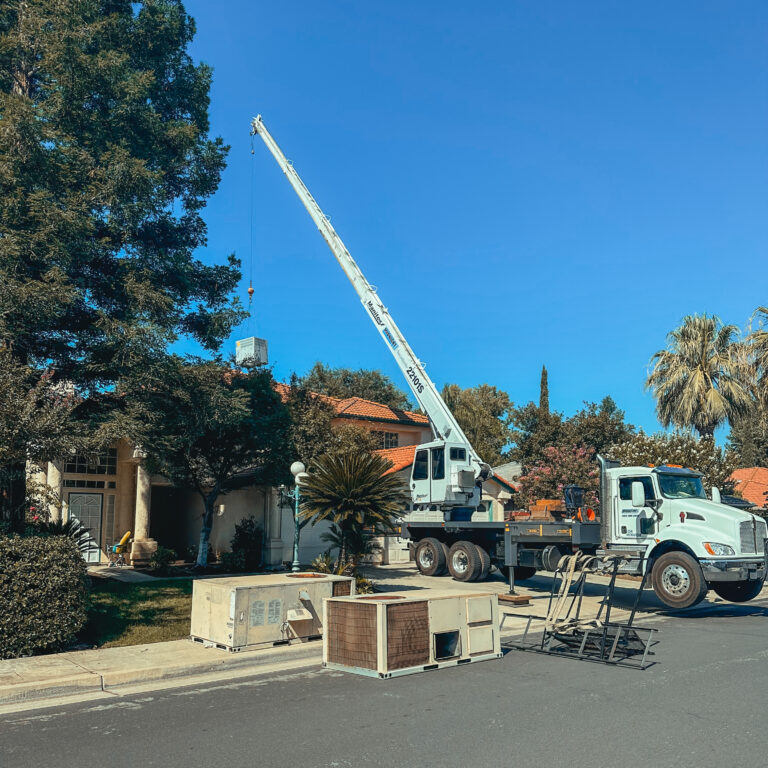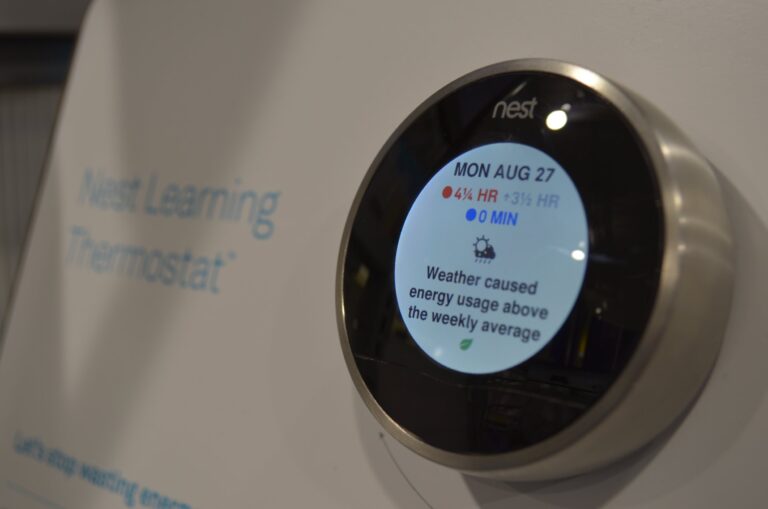Indoor air quality is a significant factor for every homeowner, building manager, and business tenant for a healthy and safe living environment. The air filters play a critical role in keeping the indoor air clean and effective for the HVAC system’s efficiency. Therefore, it’s essential to understand everything you can about MERV ratings for effective air filter replacement.
In this blog, we’ll take you through everything you need to know about MERV ratings, from what they mean to choosing the right MERV rating for your building or household.
What is a MERV Rating?
MERV stands for Minimum Efficiency Reporting Value and measures air filters’ effectiveness. Ratings range from 1 to 20, with higher ratings indicating better efficiency.
Recommended MERV Ratings
For residential or light commercial HVAC systems, use a MERV rating between 6 and 13. For enhanced air quality, consider a HEPA filter with a MERV rating of 14 or higher.
Low-Quality Filters (MERV 1-4)
Low-efficiency, not suitable for capturing smaller contaminants.
Mid-Range Filters (MERV 5-8)
Capture particulates like mites and pet dander.
High-Efficiency Filters (MERV 9-12)
Capture small dust particles, suitable for most residential and commercial systems.
Premium Filters (MERV 13-20)
Highest filtration level, effective for very fine particles but may not fit all systems.
In conclusion, maintaining indoor air quality through air filter replacement is essential for healthy living. Understanding MERV ratings is crucial to keeping your HVAC system effective, safe, and efficient. Choose the right MERV rating for your building or household, and make a habit of replacing air filters as recommended by the manufacturer.
Follow us on Facebook!
Learn about financing here!






